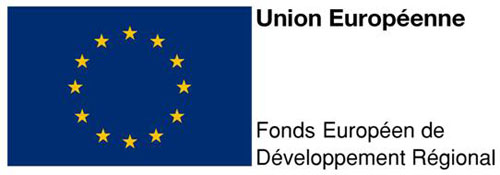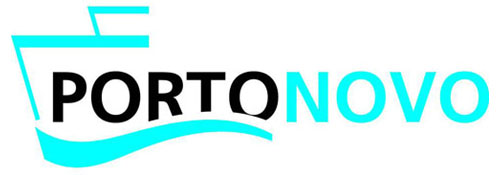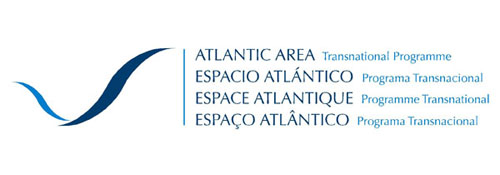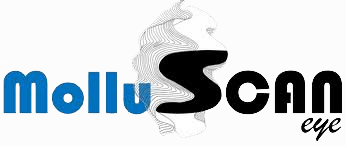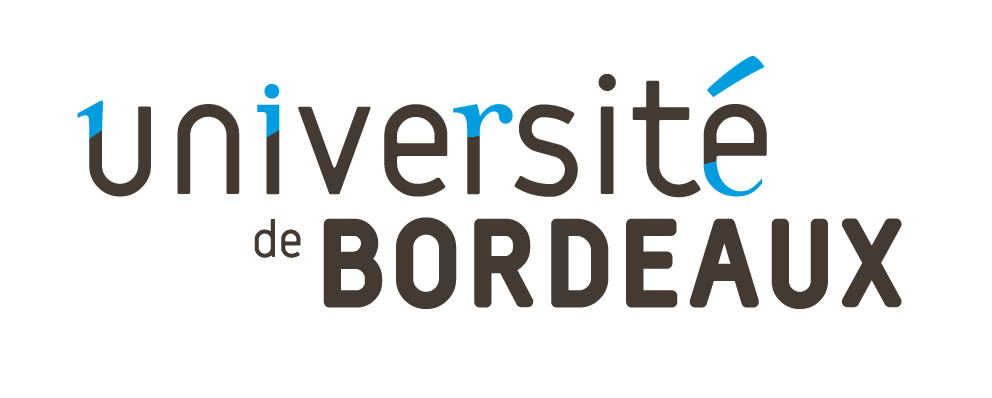|
Santander, port Espagne, Spain
 |
Our laboratory (UMR 5805 EPOC) and the MolluSCAN Eye team participated to the european project Interreg PORTONOVO (2009-2012). The aim was to standardize a methodology for the water quality management in Atlantic port areas. More details on the project can be found at http://www.portonovoproject.org/index.htm
In association with the University of Cantabria, we worked in the port of Santander from February 2011 to October 2012.
In brief, in accordance with the Water Framework Directive, the specific uses with high economic and social value carried out by ports are specifically recognized, this way their water bodies are also recognized as heavily modified water bodies (HMWB). This recognition justifies the reduction of its environmental objectives to fulfil the named good ecological potential, and demands a specific management system. In this context, this project intends to develop great quality searching results to strengthen the present situation in accordance with the European legal framework about water quality in harbours. Definitively, PORTONOVO intends to standardize a methodology for the water quality management in port areas all over along the Atlantic Area.
The port of Santander, Spain, has been a test site where we set up an HFNI Valvometer in February 2011 and in April 2012, in collaboration with the Institute of Environmental Hydraulics, University of Cantabria, and the Port of Santander authorities. We performed a demonstration of what can be an online permanent survey of the water quality in a port, as seen from the point of view of a local oyster, not that of a technician reading a list of chemical analysis. For that purpose, the behavior of a group of 16 oysters, born in the port and equipped with HFNI electrodes, has been recorded and analysed 24h/24, 7 days/7 during a year. The oysters were permanently immersed, at 1.5-2 m above the bottom, and they conduct a water tasting all the day round. We also recorded the noise background in the port water. |
Main results:
- 12 months of successful recording without in-situ human intervention (no diver, no land survey technician)
- Data were automatically published daily on the MolluSCAN Eye website showing that the MolluSCAN
Eye tool is an easy to communicate in simple words with the public ("be simple")
- No acute contamination event was observed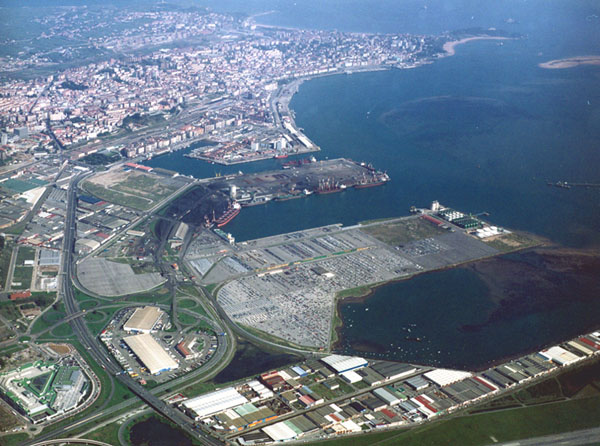
- Nevertheless, in the Port of Santander, the oysters exhibit numerous signs of stress suggesting a negative interaction of the environment.
- Oysters were chronically « nervous », not relaxed ( increased number of partial closures)
- Oysters were much more often switching from open to close states than in reference sites (Bay of Arcachon, Gulf of Morbihan, Bay of Marennes Oléron: 6 years of reference)
- Their biological rhythms were altered (some components were absent)
- The growth rate was obviously slow down
- However, the why remains to be solved. HFNI valvometry reveals symptoms of physiological impacts and can reveal exact timing: nevertheless often causes remain an open question without supplementary data (note that it is often the same to identify and understand the exact causes in human diseases...)
In Conclusion:
-The MolluSCAN Eye is a mature tool, ready for professional users. It is an early warning sensor, a tool to chronically measure symptoms of welfare in bivalves but thanks to a data stocking policy, it can also be used for post analysis in accident investigation (as a black box in airplanes). A retrospective analysis of the recorded parameters (stored daily in our laboratory) can participate to the detection and identification of causes or contributing factors.
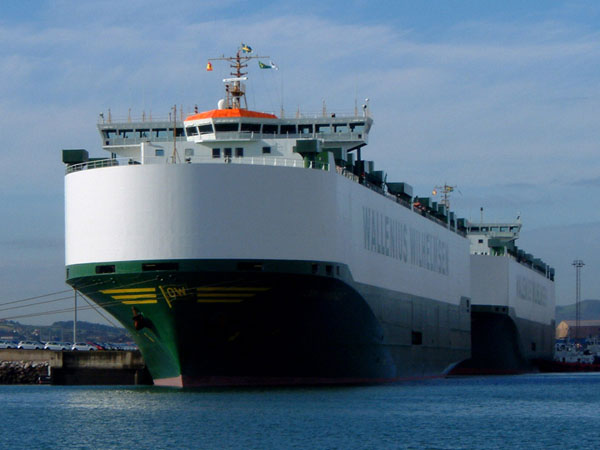 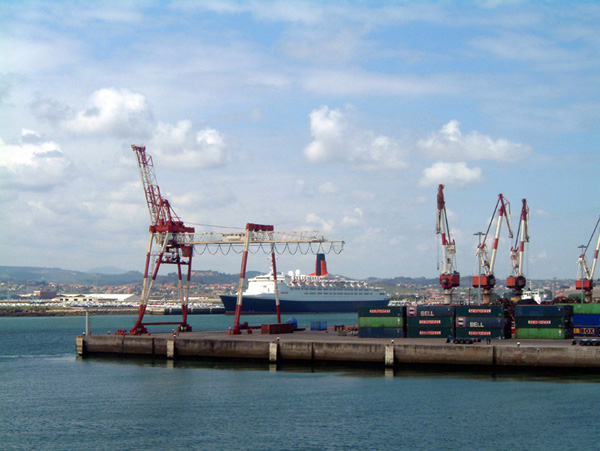
|



